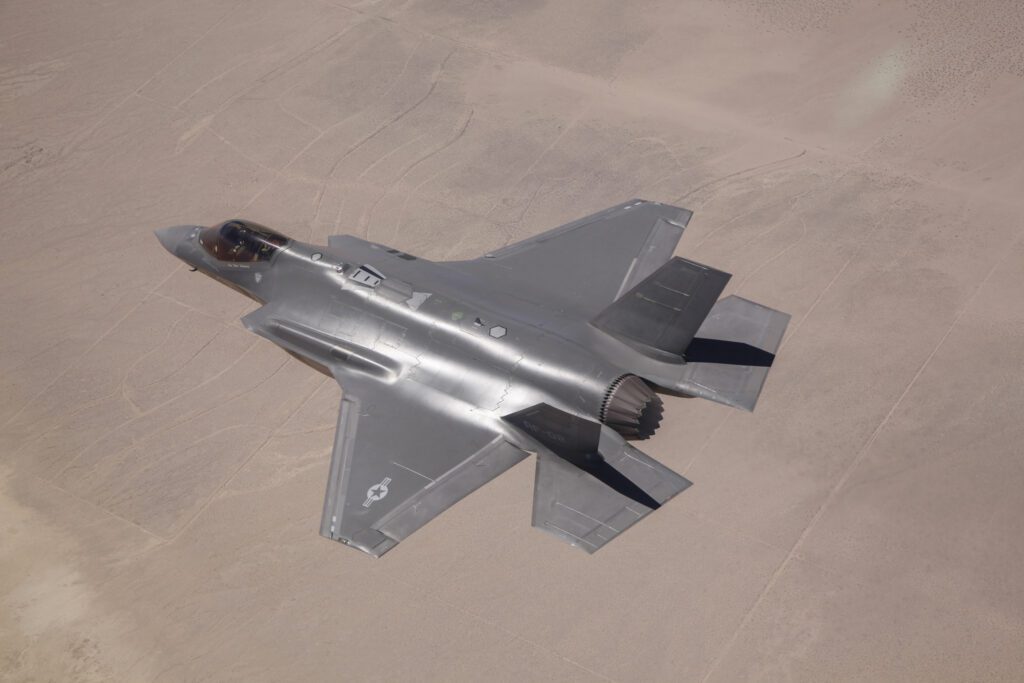The F-35 Lightning II, developed by Lockheed Martin, has revolutionized modern air combat with its cutting-edge technology. Its stealth capabilities make it virtually invisible to radar, giving pilots a crucial advantage in launching attacks undetected. The integrated sensor suite provides real-time data for better situational awareness, enhancing combat effectiveness. Networking capabilities allow the F-35 to coordinate attacks with other assets seamlessly. Improved maneuverability and performance make it a versatile and lethal weapon in aerial combat. The F-35 has set a new standard for fighter aircraft, changing the way nations defend their airspace and conduct military operations. Its impact on air combat will only continue to grow.
The Impact of the F-35 Lightning II on Modern Air Combat
The F-35 Lightning II is a cutting-edge multirole fighter aircraft developed by Lockheed Martin. It has become a pivotal player in modern air combat, revolutionizing the way nations conduct military operations and defend their airspace. With its advanced technology and capabilities, the F-35 has had a significant impact on the evolution of air warfare.
Stealth Technology
One of the key features that sets the F-35 apart from other aircraft is its stealth capabilities. The aircraft is designed to be virtually invisible to radar, allowing it to operate undetected in hostile environments. This gives pilots a crucial advantage by enabling them to sneak past enemy defenses and launch attacks without being detected. This stealth technology has changed the way air combat is conducted, as nations now have to rethink their defensive strategies to counter this new threat.
Integrated Sensor Suite
The F-35 is equipped with an advanced sensor suite that provides pilots with real-time data and situational awareness. This includes radar, electronic warfare systems, and other sensors that allow pilots to track and engage targets more effectively. The integrated sensor suite gives pilots unparalleled visibility of the battlefield, allowing them to make split-second decisions and react quickly to changing circumstances. This has greatly enhanced the F-35’s combat effectiveness and has made it a formidable foe in air combat.
Networking Capabilities
Another significant aspect of the F-35 is its networking capabilities. The aircraft is designed to operate in conjunction with other aircraft, ground forces, and naval assets, sharing data and coordinating attacks in real-time. This allows for more coordinated and effective operations, as different assets can work together seamlessly to achieve a common objective. The F-35 is able to act as a force multiplier, enhancing the capabilities of other military assets and improving overall combat effectiveness.
Improved Maneuverability and Performance
The F-35 is a highly maneuverable aircraft with exceptional performance capabilities. It is capable of high speeds, long-range missions, and agile maneuvers that give pilots the edge in dogfights and aerial combat. The aircraft’s advanced avionics and flight control systems make it easy to fly and handle, even in the most challenging environments. This improved maneuverability and performance have made the F-35 a versatile and lethal weapon in modern air combat.
Conclusion
The F-35 Lightning II has had a profound impact on modern air combat, changing the way nations conduct military operations and defend their airspace. With its stealth technology, integrated sensor suite, networking capabilities, and superior maneuverability, the F-35 is a force to be reckoned with in the skies. It has set a new standard for fighter aircraft and has revolutionized the way air warfare is waged. As the F-35 continues to be deployed around the world, its impact on air combat will only grow, solidifying its place as a key asset in military operations.
